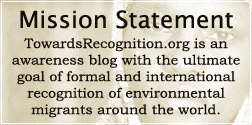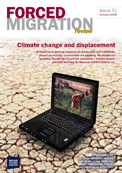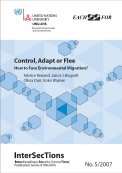The research project micle – “Migration, Climate and Environmental Changes in the Sahel” – investigates the social-ecological conditions of population movements in Mali and Senegal. The overall goal of the project is to contribute to a better understanding of the complex relationships between (climate-related) environmental changes and migration.
Sahelian countries are expected to be amongst the regions most affected by impacts of climate change such as hotter and drier climates, oscillations in precipitation patterns and land degradation. The UNDP estimates that a considerable amount of drylands in sub-Saharan Africa could experience severe droughts. Countries like Senegal and Mali could lose up to 50 percent of their agricultural capacity. The Sahel and particularly West Africa has, on the other hand, a long history of population movements and represents a multitude of migration patterns and trajectories. For a few years now, internal and international migrations have increased in both countries. However, causes and motives for migration are manifold, and the relationship between ecosystem changes and population mobility is complex. Therefore, an inter- and transdisciplinary research approach is needed.
The first micle project working paper summarizes the current status of selected topics that are analyzed within the project.
- a representation of the current scientific debate on climate change,
environment and migration
- general climate and environmental conditions in the Sahel, with special attention to countries of Mali and Senegal
- changing patterns of migration to and from West Africa
- the main policies of both countries (internationally, regionally and nationally) in terms of migration
- An overview of the conceptual approach of the project Micle
Background
In all likelihood, will be among the countries of the Sahel countries to those who are most affected by the impacts of climate change. These include hotter and drier climatic conditions, changes in precipitation patterns and land degradation. Migration, both within the country and internationally, is growing in both countries. However, the causes and motives for migration of various kinds, and the relationship between changes in the ecosystem and population mobility is complex. Environmental changes can not be considered separately, but when dealing with social, cultural, economic and political factors are seen to influence the overall migration.



